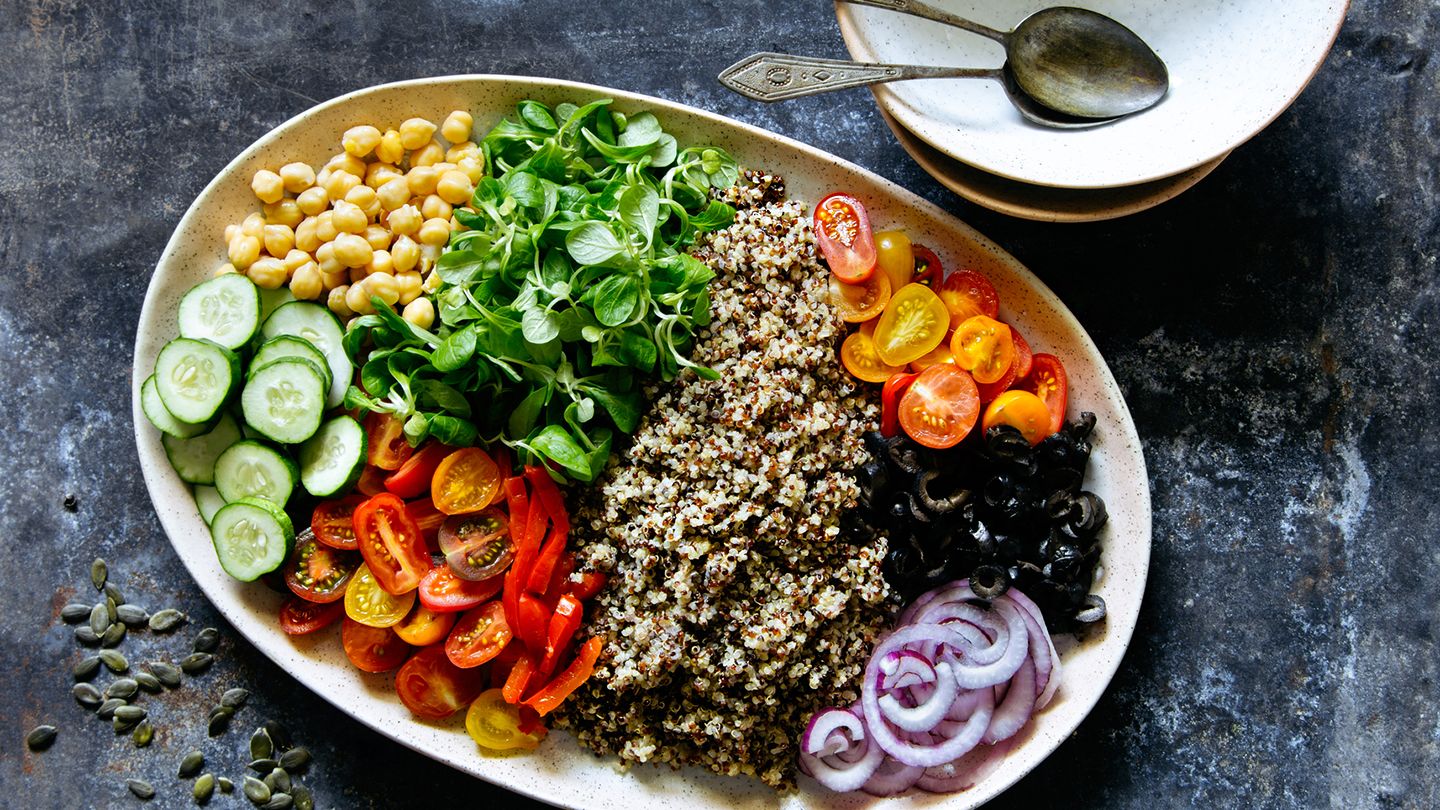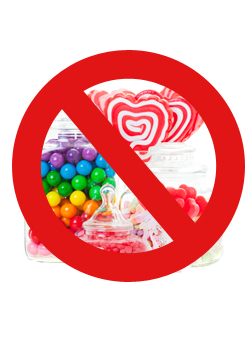
In the first trimester, you should eat at least three to five portions of fruits and veggies daily. You should choose green peas, broccoli, and spinach as your choices. The high amount of folic Acid in spinach makes it a particularly good choice. Broccoli contains lots of iron which is good for the baby. While it is not recommended to pregnant women with hypothyroidism it is safe for everyone. Sweet potatoes, avocado, tomatoes, green and yellow bell peppers, and sweet potatoes are also to be avoided in the first trimester.
For the first trimester, a healthy diet should include plenty of whole grains as well as lentils. These will provide the essential nutrients your growing baby needs to grow and develop. It is important to get at least two servings of protein daily during the first three trimesters. These include dairy products, eggs, poultry and fish. These are some of the best foods to avoid in this period.
A prenatal nutritionist can help you make sure your baby's needs are met. A nutritionist can help you determine what diet is best for you and your baby, as well as advise you about the foods that you should avoid while pregnant. A healthy diet will ensure a healthy baby and a happy delivery. A woman's first trimester can be exciting.

As a mom, it is important to reduce your intake of fatty and processed meats. Raw meats and deli meats can be harmful to a developing baby, so always ensure they're cooked to a steaming hot state. You should avoid shellfish, sashimi, as well as sushi. Avoid eating mercury-rich fish. You should also avoid raw eggs and oysters.
It may seem tempting to eat fatty or oily fish. They can make your baby's stomach sick. This is a normal reaction to hormones, but you should also consider your pregnancy's stage to know what kinds of food to eat. The most important thing is to focus on eating a variety of healthy foods. The key is to eat a wide variety of fruits and vegetables, and avoid fatty meats.
During the first trimester, your baby grows the most, and you should make sure you eat plenty of protein. If you plan on having a baby, it is a good idea to take a prenatal Vitamin and eat iron-rich foods. For example, you should eat lean meat and fish, as these contain more iron than other types of meat. Avoid fried foods and processed foods during the first trimester.
While choosing the foods to eat during the first trimester, remember to check labels on your food. Most meats can be eaten during the second trimester. However, you should steer clear of certain items. Listeria bacteria can be found unpasteurized dairy products. These products can infect the unborn baby. Avoid soft cheeses with white coatings on the exterior.

Avoid shellfish and raw fish. They can spread food-borne disease. Avoid raw shellfish, as they may contain harmful bacteria. These foods must be cooked in order to kill harmful bacteria. You should also choose pasteurized milk products to protect your baby. There are still options to purchase pasteurized dairy products if you are unable find them in your local grocery store. It is also important to choose non-pasteurized products to ensure that your foods are safe for your baby.
Your nutrition is also important in the first trimester. In addition to eating a healthy diet, you should also avoid processed foods. Fresh fruits and vegetables are a great source of protein. You should also include plenty of folates in your diet. These folates are crucial for the development and maintenance of the baby’s nervous sistem. U.S. Public Health Service suggests that pregnant women consume 400 mg of folate per day.
FAQ
Why is it so important to lead a healthy lifestyle
Having a healthy lifestyle helps us live longer, happier lives. A healthy diet, regular exercise and good sleep habits will prevent the development of diseases such as heart disease, stroke, cancer, diabetes, and Alzheimer's.
A healthy lifestyle will also improve our mental health by helping us cope better with everyday stresses. A healthy lifestyle will help us feel more confident and younger.
How can I reduce my blood pressure
It is important to first understand what high blood pressure is. Next, take steps that will reduce the risk. These could include taking medication, eating less salt and losing weight.
You also need to make sure you are getting enough exercise. You can also walk if you don’t have the time.
A gym membership is a good idea if you don't like how much exercise your doing. You'll probably want to join a gym where there are other people who share your goals. It's easier to stick to an exercise routine when you know someone else is going to see you at the gym.
How can I live the best life possible every day?
To live a happy life, the first step is to discover what makes you happy. Once you have a clear understanding of what makes you happy you can go backwards. Asking others about their lives can help you to see how they live the best life possible.
You can also find books such as "How to Live Your Best Life" written by Dr. Wayne Dyer. He speaks about happiness and fulfillment in all areas of life.
What is the difference between sugar and fat?
Fat is an important energy source, which comes from food. Sugar is a sweetener found in fruits, vegetables, and other foods. Both fats, as well sugars, provide the same number calories. But, fats have more calories than sugars.
Fats are stored within the body and can contribute to obesity. They can cause cholesterol buildup, which can lead you to heart attacks and strokes.
Sugars are quickly absorbed into the body and provide instant fuel. This causes blood glucose levels to rise. High blood glucose levels can pose a danger because they increase the chance of developing type II Diabetes.
How does an antibiotic work?
Antibiotics are drugs which destroy harmful bacteria. Antibiotics are used to treat bacterial infections. There are many different types of antibiotics. Some are given orally, while some are injected. Other antibiotics are applied topically.
Antibiotics are often prescribed to people who have been exposed to certain germs. To prevent shingles, an oral antibiotic may be prescribed to someone who has had chicken pox. A penicillin injection might be given to prevent pneumonia in someone who has had strep.
Doctors should prescribe antibiotics to children. Children are at greater risk than adults for developing serious side effects from taking antibiotics.
Diarrhea is one of the most common side effects of antibiotics. Other possible side effects include diarrhea, nausea and vomiting, allergy reactions, dizziness, dizziness, stomach cramps, nausea, vomiting or allergic reactions. These symptoms generally disappear once the treatment has finished.
What's the best diet?
Your lifestyle and individual needs will determine the best diet for your body. You also need to consider how much energy you expend during exercise, whether you prefer low-calorie foods, and if you enjoy eating fruits and vegetables.
If you are trying to lose weight, then you may want to try intermittent fasting. Intermittent fasting allows you to consume only certain meals per day, instead of eating three large meals. This method may work better than traditional diets which include daily calorie counts.
Intermittent fasting has been shown to improve insulin sensitivity, reduce inflammation and lower the risk of developing diabetes. Other research suggests that intermittent fasting may promote fat loss and improve overall body composition.
These are 5 ways you can live a healthy and happy life.
Living a healthy lifestyle includes eating right, exercising regularly, getting enough sleep, managing stress, and having fun! You should avoid processed foods, sugar, or unhealthy fats. Exercise is good for your body and muscles. Getting enough sleep improves memory and concentration. Stress management helps reduce anxiety and depression. Fun is key to staying young and vibrant.
Statistics
- Extra virgin olive oil may benefit heart health, as people who consume it have a lower risk for dying from heart attacks and strokes according to some evidence (57Trusted Source (healthline.com)
- WHO recommends consuming less than 5% of total energy intake for additional health benefits. (who.int)
- This article received 11 testimonials and 86% of readers who voted found it helpful, earning it our reader-approved status. (wikihow.com)
- In both adults and children, the intake of free sugars should be reduced to less than 10% of total energy intake. (who.int)
External Links
How To
What does the "vitamins” word mean?
Vitamins are organic compounds found naturally in food. Vitamins help us absorb nutrients from foods we eat. Vitamins cannot be made by the body; they must be taken from food.
Two types of vitamins exist: water-soluble vitamin and fat-soluble vitamin. Water-soluble vitamins dissolve in water easily. Some examples include vitamin C,B1 and B2 vitamins (thiamine), B2 and riboflavin, B3 and B6 vitamins (niacin), folic acids, biotin, pantothenic acids, and cholesterol. The liver and fat soluble vitamins are stored within the liver and in fatty tissue. Examples include vitamin D, E, K, A, and beta carotene.
Vitamins can be classified according to biological activity. There are eight main groups of vitamins.
-
A – Essential for normal growth, and the maintenance of good health.
-
C - essential for nerve function and energy generation.
-
D - necessary for healthy bones and teeth.
-
E - needed for good vision and reproduction.
-
K - essential for healthy muscles, nerves, and bones.
-
P - Essential for strong bones and teeth.
-
Q – aids digestion of iron and iron absorption
-
R - Required for red blood cell production
The recommended daily allowance of vitamins (RDA), varies according to age, gender, physical condition, and other factors. The U.S. Food and Drug Administration sets RDA values.
For adults 19 years and over, the RDA of vitamin A is 400mg per day. For fetal development, pregnant women need 600 mg per day. Children ages 1-8 require 900 micrograms per day. Children under 1 year old require 700 micrograms daily, while infants over one year old need 500 micrograms every day. This decreases between 9 and 12 months.
Children aged 1-18 years need 800 micrograms daily, while children overweight require 1000 micrograms per days. Children who are severely obese or underweight will need 1200 micrograms each day.
2200 mg of vitamin A per day is required for children aged 4-8 who have been diagnosed by anemia.
2000 micrograms per person is necessary for general health. Because of their higher nutrient needs, women who are pregnant or nursing need 3000 mg per day.
1500 micrograms are required daily by adults over 70 because they lose approximately 10% of their muscle each decade.
Women who are pregnant and lactating need more nutrients than the RDA. Pregnant women need 4000 micrograms per dayduring pregnancy and 2500 micrograms per day after delivery. Breastfeeding mothers need to consume 5000 micrograms every day when breastmilk has been produced.